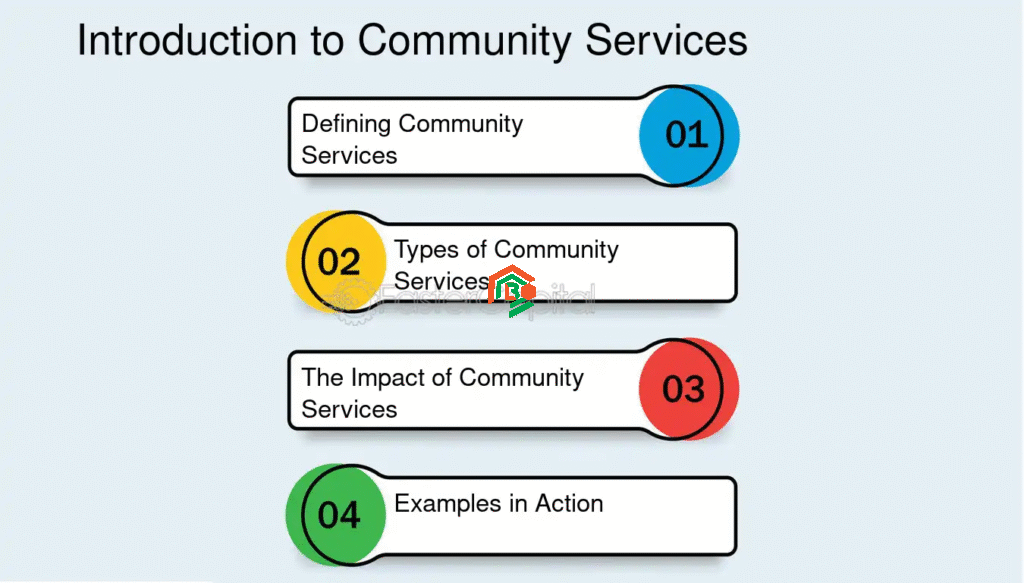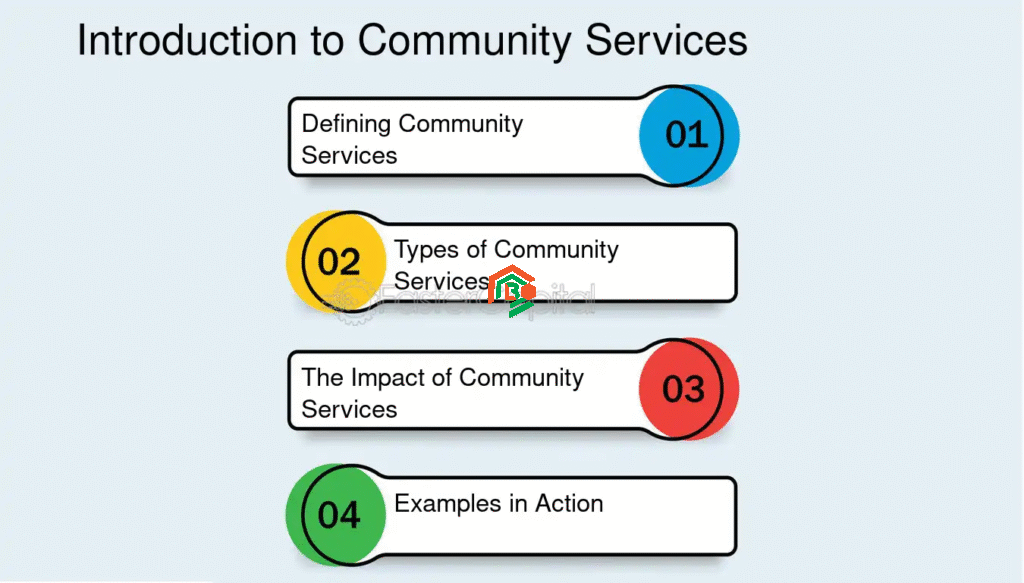Have you ever heard someone mention “comm.serv” and wondered what it really means? You’re not alone. Many people come across this term but don’t fully understand it. This easy guide will explain everything about comm.serv in simple words. Whether you’re a student, parent, or just curious, this article will help you know what comm.serv is, why it matters, where you can do it, and how it can even change lives. Let’s break it all down step by step.
What Does Comm.Serv Mean?
“Comm.serv” is short for community service. It means helping your community without getting paid. It’s work done by individuals or groups to improve the place where they live. For example, picking up trash in a park, serving food at a homeless shelter, or tutoring younger kids in your neighborhood are all forms of comm.serv.
This type of work isn’t about earning money. Instead, it’s about giving back and making a positive difference. In the United States, community service is often encouraged by schools, workplaces, and even courts. Some people do it voluntarily, while others may be required to do it for certain reasons. But no matter why you do it, the impact is always powerful—for both the helper and the community.
Why Do People Do Comm.Serv?
People get involved in community service for many reasons. For some, it’s a way to give back and help others. For students, it can be part of school requirements to graduate. For adults, it can be a way to build new skills, meet new people, or even fulfill court-ordered hours.
Community service also has emotional rewards. It feels good to know you’re helping someone else. Many people say it gives them a sense of purpose. You might not get paid in dollars, but the gratitude you receive and the positive changes you see in your community are priceless.
Where Can You Do Comm.Serv?
There are so many places in your town or city where you can do comm.serv. Opportunities exist everywhere—from small neighborhoods to big cities. The key is to look for places that need extra hands and are happy to have volunteers. Here are some common spots:

Local Parks and Cleanups
One of the easiest ways to get started with comm.serv is by helping in local parks. Cities often organize cleanup days where volunteers pick up trash, plant flowers, or fix playground equipment. It’s simple, requires no special skills, and helps keep public spaces clean and enjoyable for everyone.
Animal Shelters and Rescues
If you love animals, volunteering at an animal shelter can be perfect. Shelters need people to walk dogs, clean kennels, feed pets, or even help with adoption events. This kind of comm.serv not only helps the animals but also supports the hardworking staff at these facilities.
Food Banks and Soup Kitchens
Helping at food banks or soup kitchens is another meaningful way to serve. Volunteers sort food donations, pack boxes for families in need, or serve meals to the homeless. This type of work directly helps people who are struggling to get enough to eat and shows how much a caring community can achieve together.
Who Needs to Do Comm.Serv?
Anyone can do community service, but there are groups who often have to:
- Students – Many high schools in the U.S. require students to complete a certain number of community service hours to graduate.
- Adults – Some adults do comm.serv through their workplace or religious groups. Others are required by courts to perform comm.serv as part of a legal sentence.
- Families – Parents sometimes involve their children in volunteer work to teach kindness and responsibility early in life.
But remember, you don’t have to wait for a requirement. Anyone, of any age, can choose to volunteer.
How Long Does Comm.Serv Take?
The amount of time depends on your situation.
- For court-ordered community service, the judge will tell you how many hours you need to complete. This can range from 10 hours to hundreds of hours.
- For students, schools may require 20–100 hours over several years.
- For volunteers, you can decide how much time you want to give. Some people do it every weekend, while others help out only a few times a year.
Whether it’s one hour or 100 hours, every bit of time you give counts.
Is Comm.Serv Only for Adults?
Not at all. Kids, teens, adults, and even seniors can all participate in comm.serv. It’s a wonderful activity for people of all ages because everyone has something to offer.

School Programs for Comm.Serv
Many schools encourage students to get involved in community projects. They might organize food drives, park cleanups, or visits to senior homes. These programs teach students teamwork, empathy, and the value of helping others.
Family Volunteer Days
Families can volunteer together. Some organizations host special family-friendly events where kids and parents can work side by side. It’s a great way to bond and show children how their actions can make a difference.
Benefits of Doing Comm.Serv
Doing community service offers countless benefits. It helps build confidence, teaches responsibility, and creates stronger connections with neighbors. You can also learn new skills, improve your resume, and even make new friends. Studies show that people who volunteer regularly are happier and healthier.
How to Find Comm.Serv Opportunities Near You
Finding comm.serv opportunities is easier than ever. You can start by checking online platforms like VolunteerMatch, Idealist, or your local government website. Many community centers and churches also post volunteer needs on their bulletin boards or websites. You can even call local shelters, food banks, or parks departments to ask if they need help.
Another great way is to talk to friends or neighbors who already volunteer. They may know about hidden opportunities you wouldn’t find online.
The Bottom Line
Comm.serv, or community service, isn’t just about helping others—it’s also about growing as a person. Whether you’re required to do it or choose to volunteer, every small act can bring a big positive change. From cleaning parks to serving food, your time and effort make your community a better place. Start small, stay consistent, and you’ll see how rewarding comm.serv can be for everyone involved.


